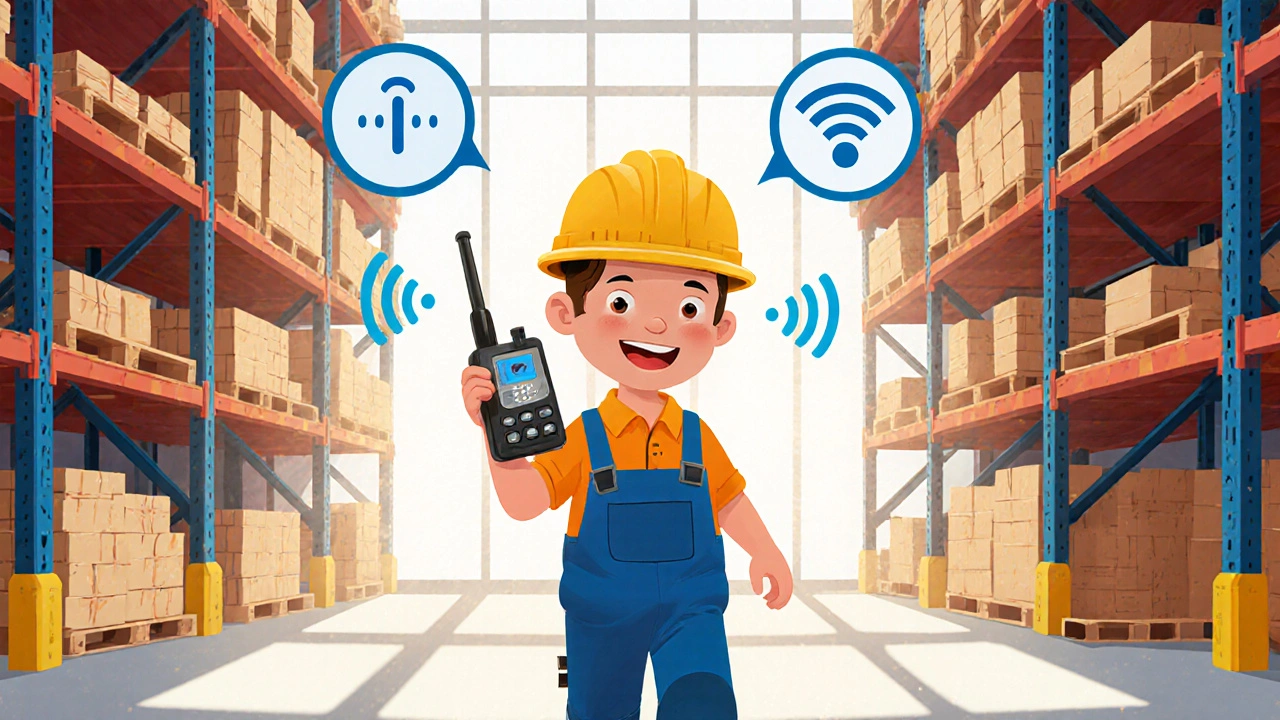Cordless Business Phones: DECT, Bluetooth, and VoIP Solutions for Modern Teams
When you think of cordless business phones, wireless office phones that connect to your VoIP system without cords or base station restrictions. Also known as wireless office phones, they let employees move freely while staying connected—whether they’re pacing the office, hopping between conference rooms, or working from home. These aren’t your old cordless home phones. Modern cordless business phones run on VoIP, meaning they use your internet connection instead of copper lines, and they’re built to handle multiple users, secure calls, and seamless handoffs between devices.
Two main technologies power these systems: DECT, Digital Enhanced Cordless Telecommunications, a dedicated wireless standard for business phones with strong range and zero interference and Bluetooth, a short-range wireless protocol that pairs with smartphones and computers but struggles with multi-device office use. DECT is the go-to for offices because it supports dozens of handsets on one base, has better sound quality, and doesn’t drop calls when someone walks past a Wi-Fi router. Bluetooth works fine for hybrid workers using one headset with their laptop, but it’s not built for a busy call center or a team that needs to answer calls from anywhere in the building.
What you really need to know is how these phones tie into your VoIP system. A cordless business phone doesn’t work alone—it needs a compatible VoIP gateway, SIP registration, and proper network settings. If your system doesn’t support SIP registration for cordless handsets, you’ll get dropped calls or no dial tone at all. That’s why many businesses stick with DECT systems from vendors like Snom or Gigaset—they’re pre-tested to work with popular VoIP providers like RingCentral, 8x8, and Vonage. And don’t forget battery life. A handset that dies after 4 hours isn’t useful for a full shift. Look for models that offer 8+ hours of talk time and quick-charge docks.
Security matters too. Older cordless phones used analog signals that anyone could eavesdrop on with a cheap scanner. Modern DECT phones encrypt calls end-to-end, but only if you turn it on. Check your settings. Also, make sure your Wi-Fi network doesn’t interfere with your DECT base station. They both use 2.4 GHz, and if they’re too close, your calls will crackle or drop. Keep the base at least 3 feet from your router.
And here’s the big win: cordless business phones cut down on desk clutter. No more tangled cords, no more hardwired phones taking up space. Teams that use them report fewer missed calls because people aren’t stuck at their desks. Remote workers can pick up calls from their home office with the same number. And if you’re replacing old landlines, you’re already saving money—no more monthly fees for copper lines.
What you’ll find in the posts below are real-world setups, comparisons between DECT and Bluetooth headsets, how to avoid common VoIP interference issues, and which models actually work without constant re-pairing or dropped calls. No fluff. Just what works for teams like yours.
